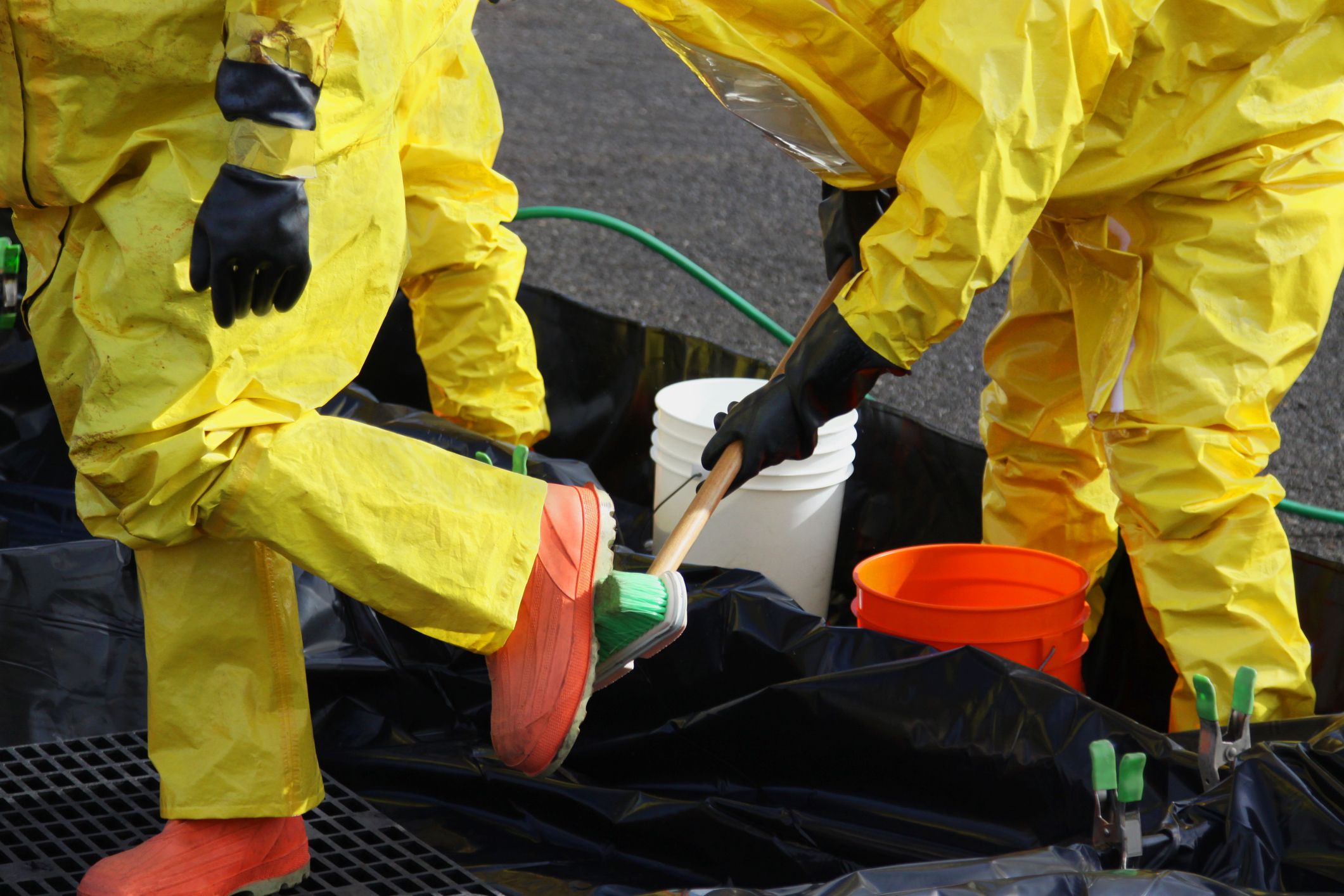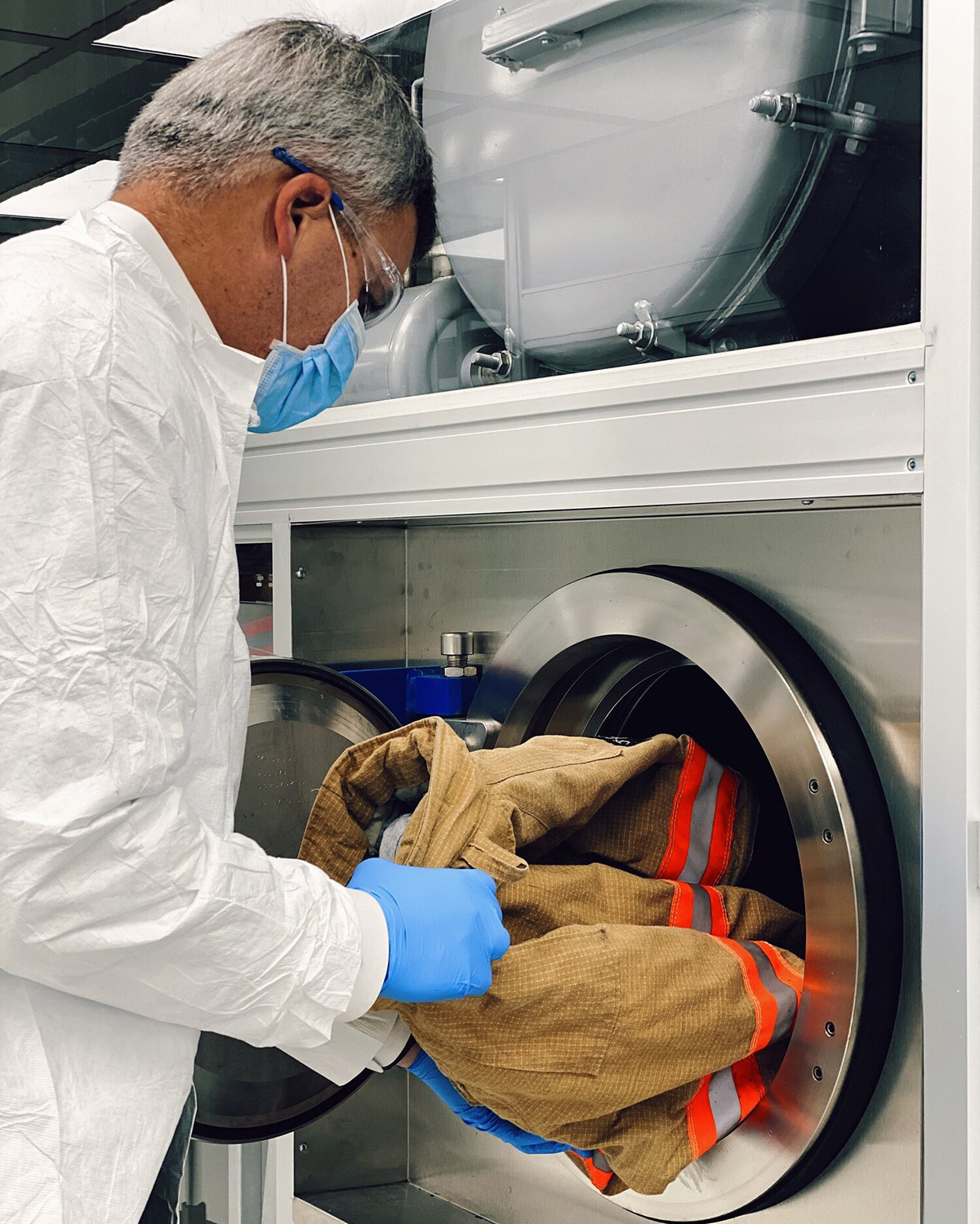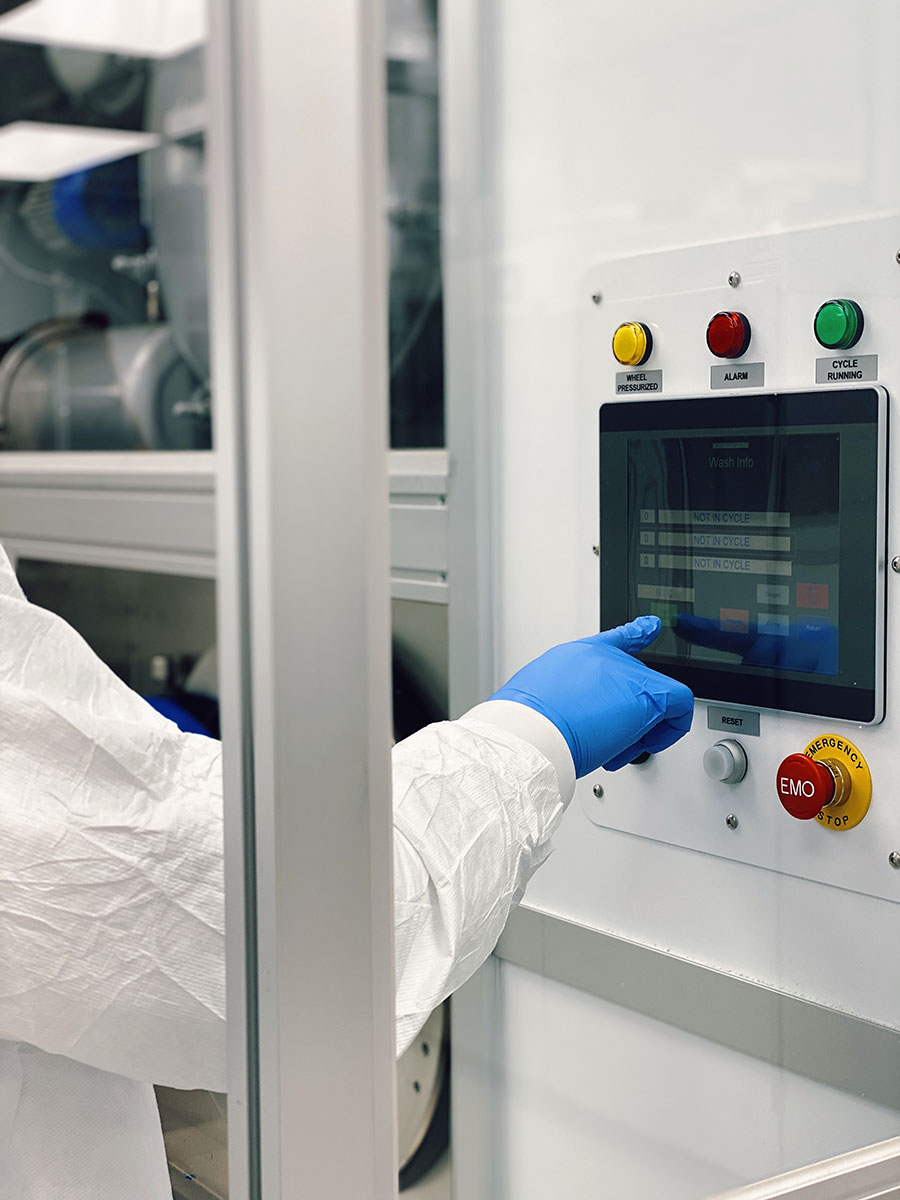By: Emergency Technical Decon
For decades, firefighters returning from calls with soot-streaked gear were seen as symbols of grit and experience. But today, we know that lingering contaminants, especially carcinogens like PFAS, can be just as dangerous as the flames themselves. As awareness of occupational cancer has grown, so too has the need for effective gear decontamination. The shift from rinsing gear behind the firehouse to using advanced liquid CO2 cleaning represents one of the most significant evolutions in firefighter health and safety.
The Early Days: No Decon, No Awareness
Throughout much of the 20th century, there was little understanding of the long-term risks of toxic exposure on the fireground. Gear was reused for years with minimal cleaning, and any decontamination efforts were usually limited to brushing off ash or hosing gear down with water. Clean gear was often stigmatized, while dirty gear was seen as a badge of honor.
Unfortunately, this culture coincided with rising cancer rates in the fire service, a link that took decades to recognize and even longer to address.
The Rise of Extractor-Based Cleaning
By the early 2000s, as health data became harder to ignore, many departments began using extractor washers to clean turnout gear. These machines improved on basic washing but still had significant limitations. They primarily used water and detergent to clean surface grime and biological matter. However, synthetic toxins such as PFAS, PAHs, and SVOCs remained embedded in gear fibers even after washing.
Despite appearing clean, gear treated with extractors could still carry harmful residues, posing continued risks with every use.
Scene Decon and “Shower Within the Hour”
Modern decon protocol has become more comprehensive. Many departments now implement:
- On-scene gross decon using wipes or rinse-downs
- Bagging and isolating dirty gear before returning to quarters
- Designated gear rooms and storage areas
- Immediate showering and clothing changes after incidents
These cultural shifts represent important progress, but even combined, they don’t fully remove all contaminants embedded in PPE.
The New Era: Advanced Decontamination with Liquid CO2+
Firefighters today face increasingly regulated environments as awareness of PFAS contamination spreads. That’s where ETD’s Liquid CO2+ cleaning process comes in. This closed-loop, water-free system uses liquid carbon dioxide combined with eco-safe cleaning agents to penetrate gear at the molecular level. The result is a dramatically higher removal rate:
- 84% of PFAS
- 99.9% of SVOCs
- 99.8% of heavy metals
- 99.9999% of biological contaminants
What sets Liquid CO2+ apart is its efficiency, sustainability, and gear-preserving design. Unlike high-heat or water-intensive methods, it protects gear integrity and generates no hazardous wastewater. This makes it an ideal solution for departments looking to comply with PFAS regulations without compromising operational safety or budget.
A Cleaner Future for the Fire Service
From rugged hose-downs to high-tech chemical extraction, firefighter decontamination has come a long way. And it needs to. With each call, firefighters face hidden dangers that can persist in gear long after the flames die down.
At ETD, we’ve built our mission around removing those risks, efficiently, sustainably, and without compromise. Our Liquid CO2+ process is trusted by departments across the country for its performance and ease of integration.
Want to learn more about how Liquid CO2+ can upgrade your department’s decon program? Contact ETD today for a demo or consultation.



